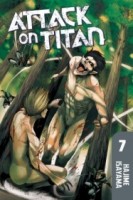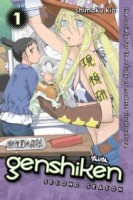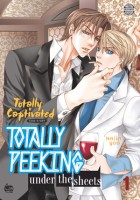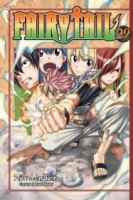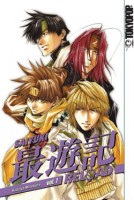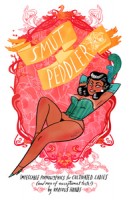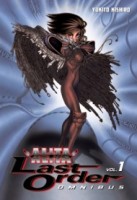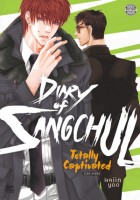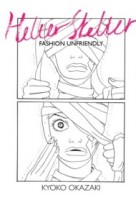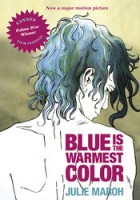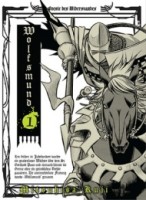It’s just about the end of the month, which means it’s time for another manga giveaway here at Experiments in Manga! This month’s giveaway is for not one, but two volumes of Natsumi Ando’s manga series Arisa—both the first and the most recent volumes published in English. (I’ll explain my odd thought process for this below.) As always, the contest is open worldwide!
Okay, so why the first and eleventh volumes? Because Arisa has a set of twin sisters. Volume 1, because it’s the first volume. (In general, I like to give away first volumes.) And what do you get when you have two 1s? 11. And there you have it. (I told you I’m a bit odd.) Anyway.
People are fascinated by twins. It’s probably not too surprising that twins, both fraternal and identical, make frequent appearances in manga, often with an important role to play in the story. Naoki Urasawa’s Monster, Yumi Tamura’s Basara, and Rei Hiroe’s Black Lagoon are just a few examples off the top of my head. It wouldn’t take me long to come up with even more. (And I will next week.) In Arisa we have Tsubasa Uehara and Sonoda Arisa, identical twin sisters who have been separated by their parents’ divorce. Tsubasa takes Arisa’s place at school to try to discover why her sister would attempt to commit suicide, uncovering some very disturbing goings-on in Arisa’s class in the process.
So, you may be wondering, how can you win a copy of Arisa, Volumes 1 and 11?
1) In the comments below, tell me a little about a set of twins that you have encountered in manga and in which manga they appear. (If by chance you’ve never come across twins, simply mention that.)
2) If you’re on Twitter, you can earn a bonus entry by tweeting about the contest. Make sure to include a link to this post and @PhoenixTerran (that’s me).
It’s as easy as that. For this giveaway, each person can earn up to two entries. As usual, there is one week to submit comments. If you have trouble leaving comments, or if you would prefer, you can e-mail me your entries at phoenixterran(at)gmail(dot)com and I will post them in your name. The giveaway winner will be randomly selected and announced on October 2, 2013.
VERY IMPORTANT: Include some way that I can contact you. This can be an e-mail address (which if you submit through the comment form won’t be publicly displayed), a link to your website, Twitter username, or whatever. If I can’t figure out how to get a hold of you and you win, I’ll just draw another name.
Contest winner announced—Manga Giveaway: Arisa Giveaway Winner



